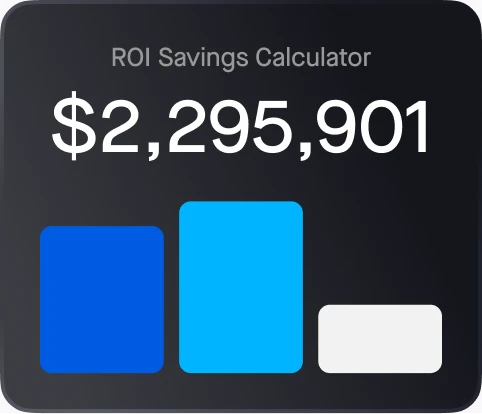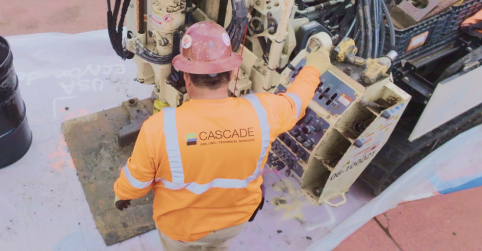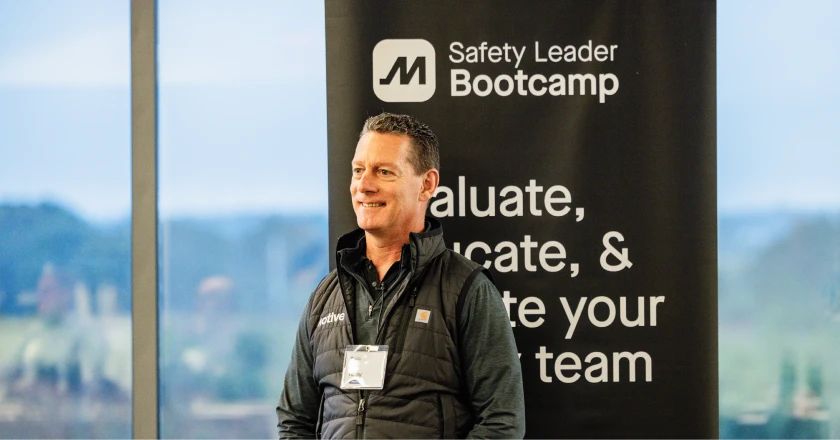Amish Babu leads the Connected Devices team at Motive, overseeing everything from hardware design to AI-powered safety solutions. In this spotlight, Amish shares how Motive’s approach to AI stands out, why accuracy matters, and what’s next for AI in the physical economy.
What’s your role at Motive?
I run the Connected Devices team at Motive. We are responsible for building anything hardware-related. We handle everything from concept to prototype to production of Motive’s devices—ensuring they deliver the best performance for our AI-driven safety solutions.
How is Motive’s approach to AI different?
At Motive, we design the entire stack ourselves. While many companies outsource hardware or buy models from third parties, we build everything—from the physical enclosures and camera modules to the models and deployment. This holistic approach ensures seamless integration and allows us to fine-tune every component for optimal performance.
What’s the industry’s biggest misconception about AI?
A lot of the hype around AI today is focused on large-scale models and cloud compute. However, the real challenge is AI on the edge, where compute power and resources are limited. This is where Motive excels: delivering cutting-edge AI solutions that help detect unsafe behaviors in real time, all while balancing power, size, and cost.
How has your view of AI evolved?
The speed of innovation in AI is incredible. We’re now capturing data, training models, and deploying them to customers in just 1-2 months. The pace at which we’re improving AI systems is faster than ever, and it’s exciting to see how quickly we can turn data into actionable insights.
How do we ensure our AI is more accurate than others?
We focus on every detail—from selecting the right AI chip to optimizing our camera hardware and constantly iterating on our models. For example, we started with the right AI chip for our Dashcam, then fine-tuned the hardware and the optical system to get the best video quality. We measure everything in real time, obsessing over metrics and improving our models to ensure the highest accuracy.
What advice would you give to companies evaluating AI for safety and productivity?
The best way to evaluate AI is to try it yourself. When you experience AI in action—like using our AI Dashcam in your own car—you’ll see firsthand how often you engage in unsafe behaviors. It’s eye-opening, and it’s hard not to change your own habits for the better.
What’s next for AI in physical operations?
We’re expanding beyond driver-facing models to a 360-degree view of operations. Our Omnicam product, for example, is already being used to monitor worker safety on road crews. As we develop new models for unsafe behaviors like smoking or drowsiness, the future is all about covering more types of events and improving safety across all aspects of operations.
Why is AI especially useful for enterprises?
For large businesses, there’s no way to monitor every vehicle and every driver in real time manually. Our AI Dashcam acts as a virtual safety manager, always watching out for unsafe behavior. This not only saves time and money, but also helps businesses proactively improve safety rather than reacting after the fact.
Amish Babu and the Connected Devices team are driving Motive’s vision for a safer, smarter and more efficient future. By designing every aspect of our AI stack in-house and relentlessly focusing on accuracy, we’re setting new standards for how AI can improve safety and productivity for businesses operating fleets. Interested in helping unlock the potential of the physical economy? Apply today- gomotive.com/careers




